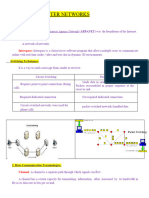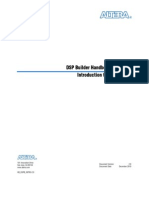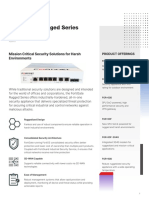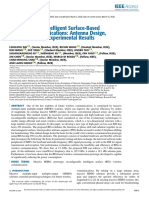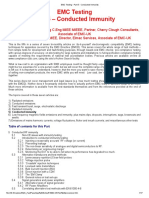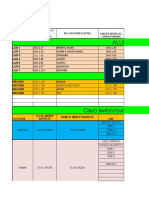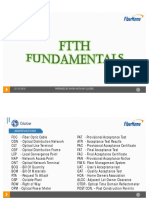0% found this document useful (0 votes)
69 views8 pagesBasic Networking Cheat Sheet
The document is a comprehensive cheat sheet on basic networking concepts, covering types of networks, topologies, the OSI model, transmission modes, media, error detection techniques, common protocols, and IP addressing. It compares various networking elements such as LAN vs WAN, IPv4 vs IPv6, TCP vs UDP, and discusses the differences between wired and wireless networks. Additionally, it outlines security measures, data handling methods, and the functionalities of different networking devices.
Uploaded by
kalpanamaauryaCopyright
© © All Rights Reserved
We take content rights seriously. If you suspect this is your content, claim it here.
Available Formats
Download as PDF, TXT or read online on Scribd
0% found this document useful (0 votes)
69 views8 pagesBasic Networking Cheat Sheet
The document is a comprehensive cheat sheet on basic networking concepts, covering types of networks, topologies, the OSI model, transmission modes, media, error detection techniques, common protocols, and IP addressing. It compares various networking elements such as LAN vs WAN, IPv4 vs IPv6, TCP vs UDP, and discusses the differences between wired and wireless networks. Additionally, it outlines security measures, data handling methods, and the functionalities of different networking devices.
Uploaded by
kalpanamaauryaCopyright
© © All Rights Reserved
We take content rights seriously. If you suspect this is your content, claim it here.
Available Formats
Download as PDF, TXT or read online on Scribd
/ 8



























